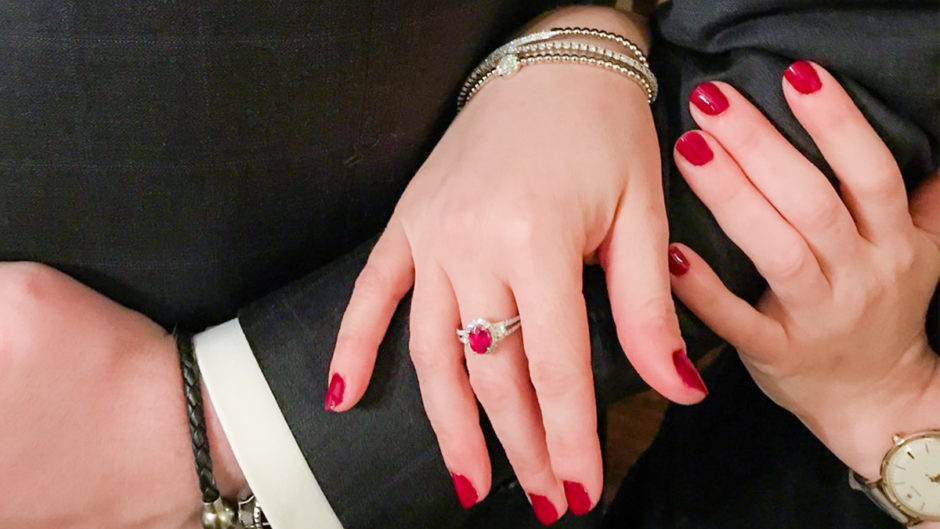July the month of Ruby
There is nothing like the regal red of the coveted ruby, and July babies? This birthstone’s for you! Rubies have a rich history that dates back centuries. They’ve been the prized gem of the elite and continue to be for those with an eye for fine quality. The saturated and vivid reds of the fine quality stones are associated with some of our most intense emotions–love, passion, anger, fury and even desire. As desired today as they were all those centuries ago, let’s get into what makes a ruby so special and what to look for when choosing a stone.
Ruby is the most valuable of the corundum species. What does this mean? Similar to the way animals are classified, gemstones have species followed by variety which separates them further (usually by colour). Ruby are the red variety of the corundum species, sapphire, the blue, and fancy coloured sapphires cover the rest (pink, yellow, purple, orange, green, brown, black, and white). Not only are ruby the most valuable corundum, they also command the highest price-per-carat of any coloured gemstone. In the ancient Sanskrit language ruby is called ratnaraj, or “king of precious stones”, which is so appropriate because that still holds true today.
The “king of precious stones” is found in mines across the globe, in Thailand, Cambodia, the Himalayas, Vietnam, India, Kenya, Sri Lanka, Madagascar, Tanzania, and most famously, Myanmar. Within Myanmar, the most historically important rubies have been found in the region of Mogok. Mogok rubies often command a higher price per-carat simply because of their origin. Rubies from this region are called Burmese rubies, and are known for their prized colour, referred to as “pigeon’s blood.” This prized colour is purplish red to red in hue, vivid saturation with a medium-dark tone. These rubies command an even higher price per-carat.
Rubies are often heat-treated. Heat treatment is a process that increases the desirability of a gemstone’s colour without altering the durability or strength of the stone. It is a permanent and accepted practice in the industry. In many cases, the value of the rubies increase due to the sought after colour heat treatment can help achieve. Rubies that don’t require this treatment are exceptionally rare, especially in the larger sizes and with top colour.
The most important factors when considering the value of a ruby are size, colour, and origin. If we add in the fact that a ruby has not undergone heat treatment, the price-per-carat skyrockets. Unlike diamonds, inclusions don’t greatly affect the value of a ruby. In some circumstances, if a stone is unusually clean or lacks inclusions, this can add to the value… But, generally speaking, inclusions in a ruby don’t decrease value like they do in diamonds.
July babies are so lucky to have this highly prized and valued gem as their birthstone. As sources for high-quality rubies deplete, my appreciation the fine rubies I’ve come across over the years grows. Should you ever want to get your hands on a Burmese, pigeon’s blood ruby, you’re in luck! We only source this quality of rubies because we believe their value will continue to appreciate over time, especially as we know that there is less of this finer quality material around. A symbol of love and passion, of wealth and success–what more could you ask for? Happy Birthday July Babies!
-Keely
Shop our ruby options by following this link!
